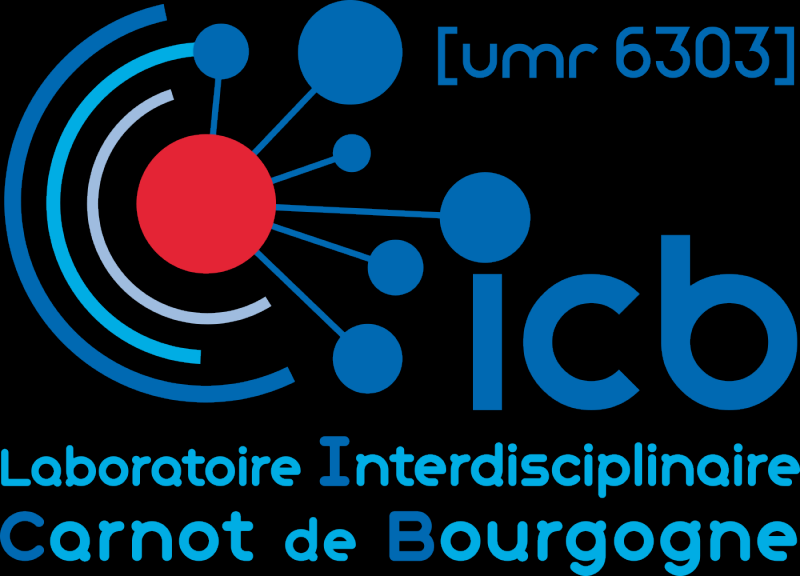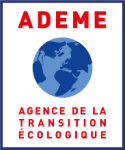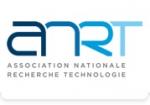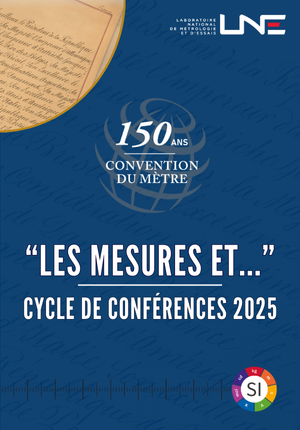Cryo-spectroscopic and Cryo-electrochemical Study of Electrode/Aqueous Electrolyte Interfaces for the Improvement of Electrochemical Energy Conversion and Storage Systems
| ABG-132452 | Sujet de Thèse | |
| 10/06/2025 | Contrat doctoral |

- Matériaux
- Chimie
- Energie
Description du sujet
Scientific context
Chemical processes occurring at the electrode/aqueous electrolyte interface are fundamental to a wide range of current and emerging technologies, including water electrolyzers for green hydrogen production and aqueous batteries (Ni-MH, Zn-air, aqueous Li-ion).1 There is significant interest in deciphering the nature of transient species formed at the electrode surface during polarization, as identifying these intermediates would provide valuable insights into which chemical and structural parameters of the electrode should be optimized or suppressed to enhance material performance.
The urgent transition of our society toward an energy system based on decarbonized resources has, in recent years, renewed the interest of the materials science community in detecting key reaction intermediates at the electrode/aqueous electrolyte interface. To this end, a variety of spectroscopic and spectroelectrochemical methodologies have been developed and applied, including UV-vis and Raman spectroscopy, X-ray photoelectron spectroscopy (XPS), and X-ray absorption spectroscopy (XAS).2–4 These techniques are typically implemented using one of three approaches: post-mortem, in situ, and operando studies, with the latter two being the most suitable for the detection of transient species.
Among the available spectroscopic techniques for probing the electrode/electrolyte interface, XPS is particularly well-suited, as it is inherently surface-sensitive, with a typical probing depth of 5–20 nm at the laboratory scale, depending on the energy of the excitation X-ray source. However, XPS measurements are conventionally performed under ultra-high vacuum conditions (10⁻¹⁰ – 10⁻⁹ mbar), which prevents the direct analysis of intact electrode/aqueous electrolyte interfaces.
Objectives
The main objective of this PhD project is the detection and elucidation of transient species formed at the surface of model electrodes used in aqueous energy conversion and storage devices. The project will employ an integrated approach combining electrochemical, spectroscopic, and spectroelectrochemical methods, with particular emphasis on XPS measurements. In this context, post-mortem analyses will be complemented by in situ and operando experiments. To overcome the limitations inherent to conventional XPS experiments, an innovative methodology based on cryogenic conditions—including cryo-electrochemistry5 and cryo-XPS6—will be implemented. The use of low temperatures will enable the trapping of reaction intermediates with short lifetimes at room temperature.
Throughout the doctoral research, the PhD candidate will have access to the state-of-the-art experimental facilities of the ICB laboratory. These include, for example, an XPS instrument equipped with both a conventional X-ray source (Al Kα) and a high-energy X-ray source (Cr Kα), allowing for greater probing depth. Currently, such equipment is available in only three laboratories in France. The candidate may also be required to undertake national travel to perform specific measurements within the framework of the XPS research federation (SPE FR 2050 CNRS), supported by the host laboratory. International mobility may likewise be required to collaborate with partner institutions, such as the Autonomous University of Barcelona. Finally, measurements at large-scale research infrastructures, such as the SOLEIL synchrotron, may also be envisaged.
References
(1) Chatenet, M.; Pollet, B. G.; Dekel, D. R.; Dionigi, F.; Deseure, J.; Millet, P.; Braatz, R. D.; Bazant, M. Z.; Eikerling, M.; Staffell, I.; Balcombe, P.; Shao-Horn, Y.; Schäfer, H. Water Electrolysis: From Textbook Knowledge to the Latest Scientific Strategies and Industrial Developments. Chem. Soc. Rev. 2022, 51 (11), 4583–4762. https://doi.org/10.1039/D0CS01079K.
(2) Hrbek, T.; Kúš, P.; Rodríguez, M. G.; Matolín, V.; Matolínová, I. Operando X-Ray Photoelectron Spectroscopy Cell for Water Electrolysis: A Complete Picture of Iridium Electronic Structure during Oxygen Evolution Reaction. International Journal of Hydrogen Energy 2024, 57, 187–197. https://doi.org/10.1016/j.ijhydene.2023.12.216.
(3) Rotonnelli, B.; Fernandes, M.-S. D.; Bournel, F.; Gallet, J.-J.; Lassalle-Kaiser, B. In Situ/Operando X-Ray Absorption and Photoelectron Spectroscopies Applied to Water-Splitting Electrocatalysis. Current Opinion in Electrochemistry 2023, 40, 101314. https://doi.org/10.1016/j.coelec.2023.101314.
(4) Liu, S.; D’Amario, L.; Jiang, S.; Dau, H. Selected Applications of Operando Raman Spectroscopy in Electrocatalysis Research. Current Opinion in Electrochemistry 2022, 35, 101042. https://doi.org/10.1016/j.coelec.2022.101042.
(5) López, I.; Le Poul, N. Theoretical Aspects of Electrochemistry at Low Temperature. Journal of Electroanalytical Chemistry 2021, 887, 115160. https://doi.org/10.1016/j.jelechem.2021.115160.
(6) Kjærvik, M.; Ramstedt, M.; Schwibbert, K.; Dietrich, P. M.; Unger, W. E. S. Comparative Study of NAP-XPS and Cryo-XPS for the Investigation of Surface Chemistry of the Bacterial Cell-Envelope. Frontiers in Chemistry 2021, 9.
Prise de fonction :
Nature du financement
Précisions sur le financement
Présentation établissement et labo d'accueil
The Carnot Interdisciplinary Laboratory of Burgundy (ICB), a Joint Research Unit of the CNRS and the University of Burgundy, brings together 300 physicists, chemists, engineers, and technicians across its sites in Dijon, Le Creusot, and Chalon-sur-Saône. The laboratory develops new functionalities in optics and advanced materials for applications in industry, medicine, and telecommunications.
This PhD project will be supervised within the "Surfaces and Interfaces of Metal Oxides (SIOM)" team of the Interfaces Department. One of the main research themes of the team focuses on the investigation of mechanisms occurring at the surface and interfaces of materials—particularly metal oxides—in interaction with gases, solids, or liquids.
Site web :
Profil du candidat
Applicants should hold an engineering degree or a Master’s degree (Master 2) in materials science or physical chemistry of materials. Previous practical experience with XPS and/or electrochemistry is welcomed but not mandatory, as skills related to these two disciplines will be acquired during the PhD.
Vous avez déjà un compte ?
Nouvel utilisateur ?
Vous souhaitez recevoir nos infolettres ?
Découvrez nos adhérents
 ONERA - The French Aerospace Lab
ONERA - The French Aerospace Lab  Institut Sup'biotech de Paris
Institut Sup'biotech de Paris  CASDEN
CASDEN  Généthon
Généthon  SUEZ
SUEZ  Nokia Bell Labs France
Nokia Bell Labs France  MabDesign
MabDesign  ADEME
ADEME  CESI
CESI  Tecknowmetrix
Tecknowmetrix  ASNR - Autorité de sûreté nucléaire et de radioprotection - Siège
ASNR - Autorité de sûreté nucléaire et de radioprotection - Siège  PhDOOC
PhDOOC  MabDesign
MabDesign  ANRT
ANRT  Aérocentre, Pôle d'excellence régional
Aérocentre, Pôle d'excellence régional  Laboratoire National de Métrologie et d'Essais - LNE
Laboratoire National de Métrologie et d'Essais - LNE  TotalEnergies
TotalEnergies  Groupe AFNOR - Association française de normalisation
Groupe AFNOR - Association française de normalisation  Ifremer
Ifremer


